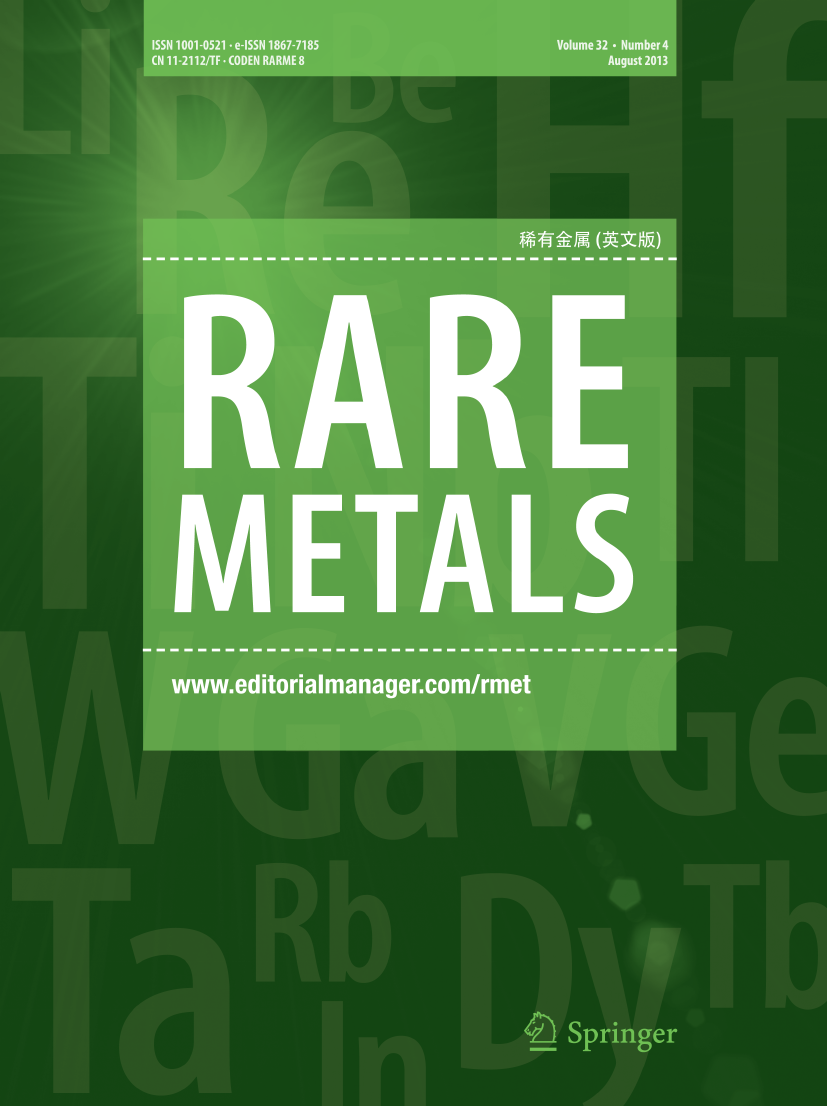High-efficiently stable cellulose triacetate modified perovskite solar cells
Abstract
Additive engineering significantly enhances the photovoltaic performance of perovskite solar cells (PSCs). The atomistic and mechanistic origins of these improvements need further investigation to fully understand the physicochemical interactions of additives with the perovskite lattice, band structure, and charge carriers. Herein, how additives of cellulose triacetate (CTA) improve the photovoltaic performance and stability of perovskite solar cells (PSCs) is shown. These improvements are found to stem from the formation of hydrogen bonds between CTA molecules and organic cations. The Kelvin probe force microscopy results show that contact potential difference variation under dark and light conditions increases from 79.68 to 141.24 mV by doping CTA, indicating enhanced separation of electron–hole pairs in perovskite. The piezoresponse force microscopy (PFM) tests indicate that CTA additives reduce the PFM amplitude by approximately 50 pm under dark and light conditions and inhibit flipping from antiferroelectric domains to ferroelectric domains. Moreover, the CTA additives regulate the charge distribution within the PbI6 octahedron and bind organic ions through hydrogen bonding, forming a compact film structure. These findings not only improve the long-term stability of organic–inorganic hybrid perovskites (OIHPs), but also pave the way for developing novel strategies for large-scale PSCs.
Graphical abstract

 求助内容:
求助内容: 应助结果提醒方式:
应助结果提醒方式:


